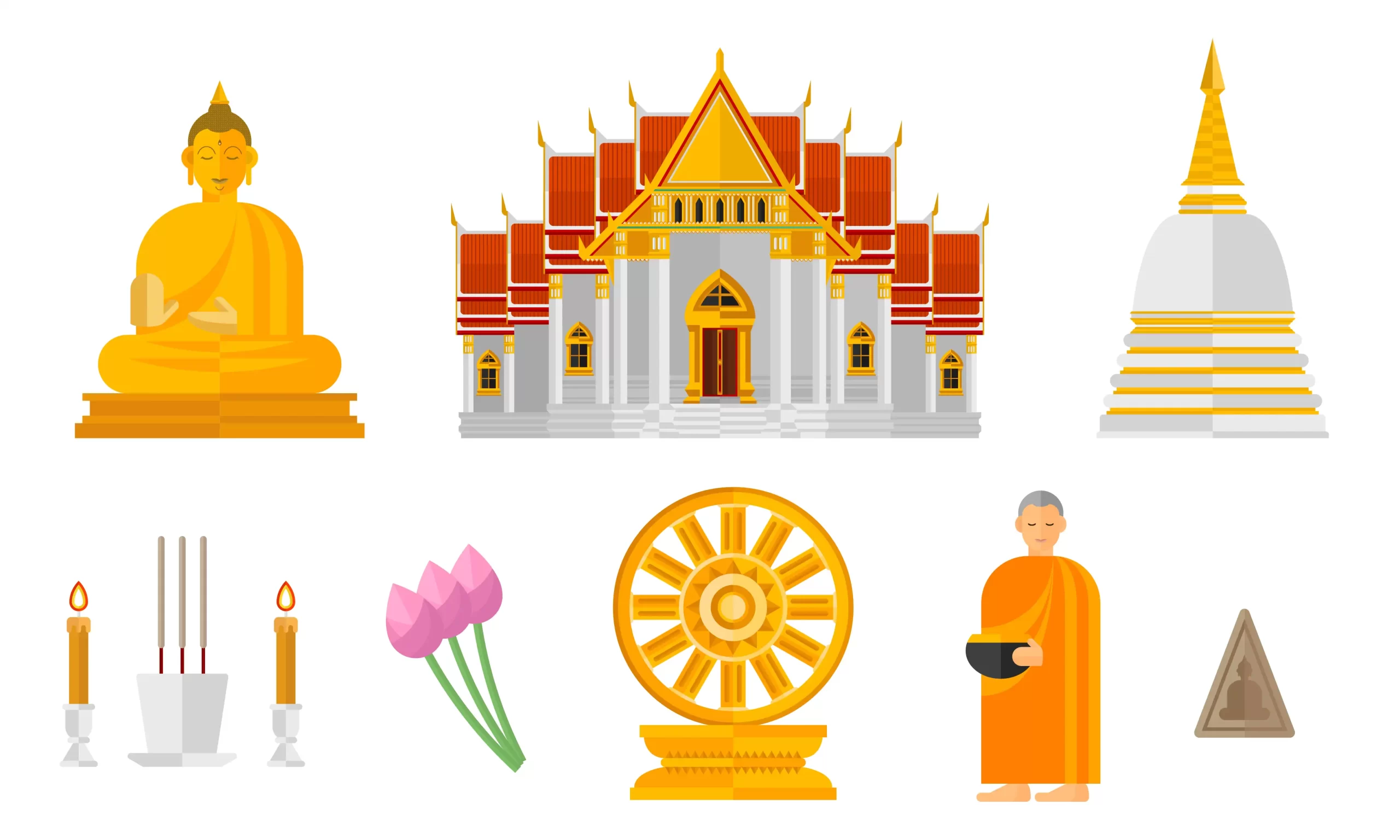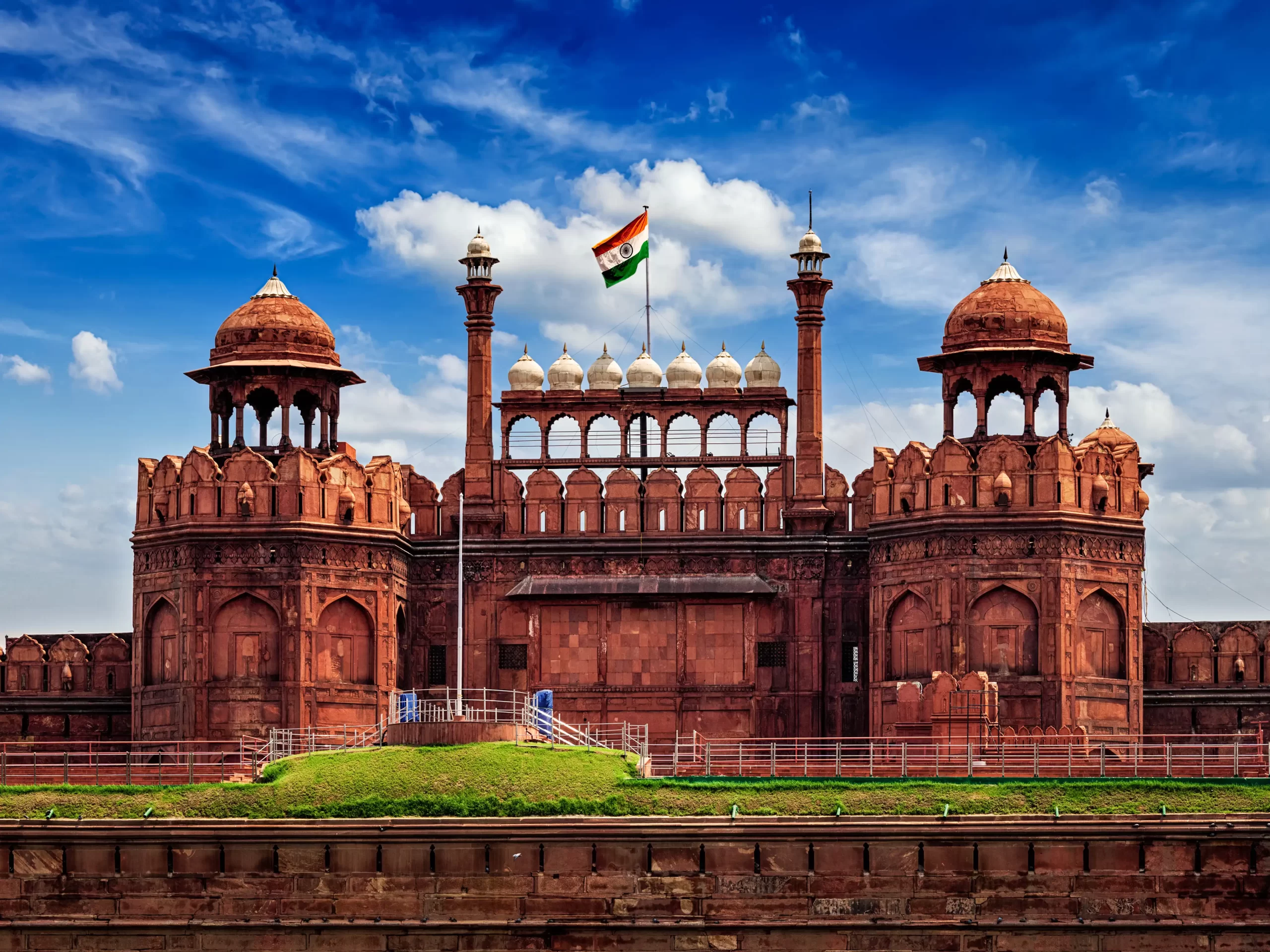Introduction
During ancient times, building temples, tanks, and mosques were significant activities in various civilizations. These structures were not only places of worship but also served as cultural and social centres. Temples were built to honour and offer prayers to the deities, while tanks were constructed to provide water for irrigation and daily use. Mosques were built as places of worship for followers of Islam. Building these structures required immense resources, and it was often seen as a mark of the ruler’s wealth and power. The construction of these buildings was also a community effort, bringing people together and reinforcing social bonds. Today, these ancient structures stand as symbols of our rich cultural heritage and architectural prowess.
Building Temples, Tanks, and Mosques
In order to display its power and wealth, a mediaeval Indian empire built architectural wonders. Tanks, mosques, and other structures were among these monuments. The ruler frequently adopted the name of God and built the temple in his honour. This aided in his portrayal of himself as being on par with God. Rajarajeshwara Temple is an example. However, Muslim leaders asserted that they were the “Shadow of God.” Mosques have geometrical patterns and floral carvings on their walls. While the temples had pictures of the gods, kings, priests, and occasionally even regular people. Water provision was regarded as a noble act. In order to give water to the populace, Sultana Iltutmish constructed the “Hauz-i-Sultani” or the King’s reservoir outside Delhi-i-Kuhna.
Temple Construction in the Early Eleventh Century
Early eleventh-century India saw a substantial change in the architectural style and architecture of temple construction. An innovative form of temple architecture that was characterised by towering vimanas (gopurams), complex carvings, and magnificent mandapas emerged under the Chola dynasty in the southern region of the country. (pillared halls). A famous example of this design is the Brihadeeswarar Temple in Thanjavur, which was erected by King Rajaraja Chola I. Regional variations in temple architecture also began to appear at this time, representing the diversity and depth of Indian culture.
Temple Construction
Ashoka attempted to grow his empire by spreading nonviolent Dhamma throughout his country. To sow the Dhamma and Buddhism, he built pillars across his realm. Temples eventually replaced pillars as labour became more skilled and empires grew wealthier.

Dhamma and Buddhism
The temples were constructed in order to:
- Promote the emperor’s religion.
- To illustrate the empire’s wealth and strength.
- To experience the splendour of the realm, people travel from all over the country to the temples.
- Priests that were selected by kings were in charge of these temples.
- Numerous yajnas are performed by the priests and kings, which validate the emperor’s rule.
- Temples served as the town’s centre for education and cross-cultural interactions.
- It occasionally served as a secret royal treasury to preserve the kingdom’s wealth.
Gardens, Tombs and Forts
Gardens, tombs, and forts were important elements of Indian architecture and culture during the Islamic era. Islamic emperors like the Mughals integrated and integrated Persian and Central Asian architectural forms into Indian traditions. While tombs were constructed as mausoleums for kings and their family, gardens, like the iconic Mughal Gardens, were used as emblems of power and elegance. Forts were built for tactical and military reasons as well as to serve as luxurious royal residences. In addition to being functional architectural marvels, these structures also displayed the artistic and cultural fusion of Indian and Islamic cultures.

The Red Fort
The Red Fort in Delhi is one example of the gardens, tombs, and forts constructed under the Islamic rulers in India. The Red Fort, constructed in the 17th century by Mughal Emperor Shah Jahan, housed the Mughal monarchs for about 200 years. Beautiful gardens, elaborate tombs, and fortified walls with bastions and gates are all part of the fort’s exquisite architecture. Famous for its gold and silver throne, the fort’s Diwan-i-Khas or “Hall of Private Audience” features pavilions constructed of marble that have been beautifully carved. The Red Fort, a UNESCO World Heritage Site, provides proof of the Mughal Empire’s superior architectural talent.
Summary
The kings of the Islamic kingdoms erected beautiful structures including mosques, tanks, and temples. These structures served both political and religious objectives. Tanks were constructed to store water for drinking and agriculture, and temples were frequently converted into mosques. Mosques were created to serve as both places of worship and centres of the local community. These buildings frequently included elaborate carvings, calligraphy, and mosaics as decorations, demonstrating the Islamic rulers’ artistic and architectural brilliance.
FAQs
Q1. Why were mosques, tanks, and temples constructed during the Islamic era?
Temples, tanks, and mosques were constructed under the Islamic monarchs for a variety of purposes. Temples were constructed to accommodate the local population’s religious customs, and water storage tanks were created to provide a steady supply of water for the locals. In contrast, mosques were constructed as houses of prayer for Muslims and frequently served as the hub of Islamic knowledge and culture.
Q2. What kinds of patterns can be seen on the Taj Mahal’s walls?
Ans. The Taj Mahal’s walls consist of pietra dura designs, similar to the majority of Islamic structures. In addition to other Indo-Islamic designs, it includes floral patterns and geometrical patterns.
Q3. Which primary aspect of Buddhism practices idol worship of the Buddha and his image?
Ans. Buddhism has historically been divided into the Hinayana and Mahayana major sects. The Mahayana among them worships Buddha statues and other idols.
 Mission Statement
Mission Statement
“Empower every student to achieve full potential”
88Guru has been established with the social objective of making quality video-based learning material available to all Indian students. Technology, Connectivity and Social Media are rapidly changing the world of Education and we wish to lead the transformation of the tuition industry in India.
88Guru is the perfect complement to the current tuition model. 88Guru creates a wonderful opportunity for children and parents to bond while engaging in a valuable learning activity. It also provides the complete curriculum at your fingertips for those moments when you need some help at short notice. We believe that this mode of tuition could be transformational, adding hours to a child's day while providing complete control over the learning process.
Every course is taught by the best teachers from India's top schools and conducted in an engaging manner to keep students involved. The e-learning process consists of video-based instructions, computer-graded assignments, and a dashboard which allows the student and parent to track progress.


